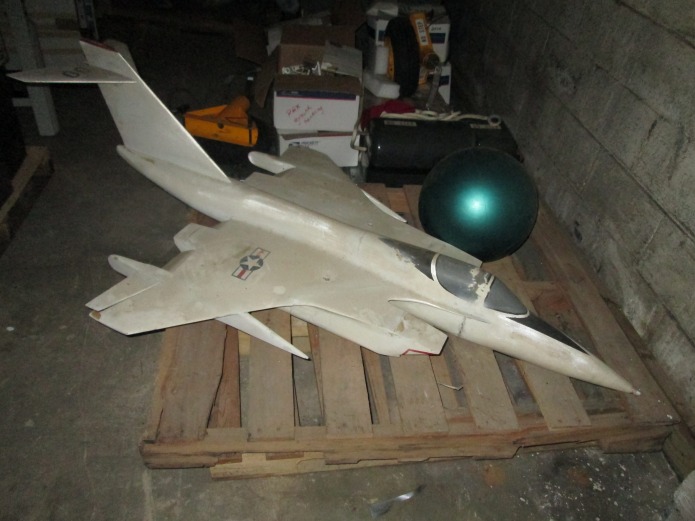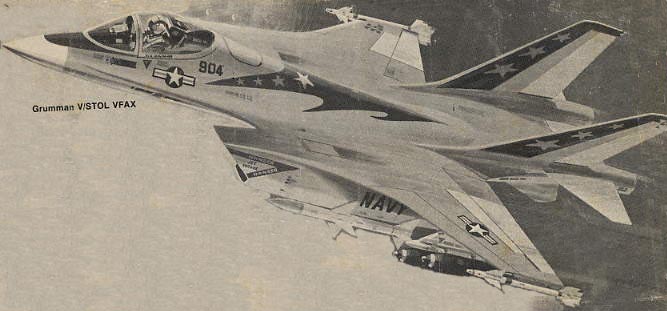DARPA Scraps Plan To Launch Small Sats from F-15 Fighter Jet
ALASA (Airborne Launch Assist Space Access) was a program to develop a launch vehicle that could be carried aloft by an F-15, with an orbital payload of around 45 kilograms. The design detail that was supposed to make ALASA work was what killed it: the propellant.
ALASA was to use liquid rocket engines. Nothing new there. The propellant combination was acetylene and nitrous oxide; that’s kinda new. But the Really New part of the design was that the two propellants were to be pre-mixed, meaning that the vehicle required only a single tank and simpler plumbing. Pre-mixing fuel and oxidizer is always a tricky proposition, but it has been successfully demonstrated from time to time. But here, in several tests the propellant simply exploded. This should not be overly surprising… acetylene is one of those unstable chemicals that will on occasion blow itself to bits just because it’s cranky. Mixing it with an oxidizer is just asking for trouble.
DARPA seems to have bailed on the launcher program, but is continuing to try to develop the propellant (called NA-7). Tricky though it may be, if it can be reliably stabilized there are undoubtedly vehicle designs that could effectively utilize it.
The ALASA vehicle made another unusual design choice: the rocket engines were near the front, not at the back. The reason for this: the trailing propellant tank could be dropped as a stage, but leave the engines in place. This would theoretically make the vehicle lighter, at the risk of having hot rocket exhaust scraping down the sides of the tank.






































